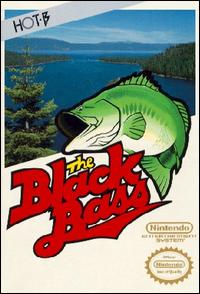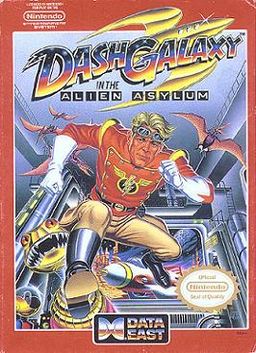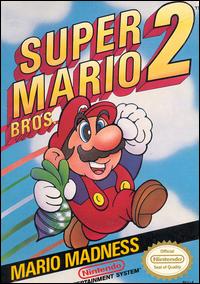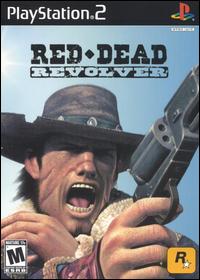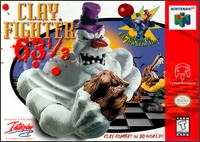Now Playing: Sonic 3D Blast (1996)
Topic: Sega Genesis
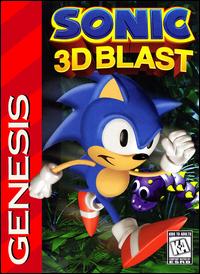
The Sega Genesis was home to some of the most true classic Sonic games that the industry has ever known. Sonic the Hedgehog 1, 2, and 3, were all bonafide classics in every way possible. Sonic & Knuckles wasn't far behind either, as it was another solid entry in the series. There were a few spin offs of the main series of games as well, including the mediocre diversion Sonic Spinball (previously reviewed here on Ethos). In 1996, released on both the Sega Saturn, and the aging Genesis, was Sonic 3D Blast. It was a psuedo spinoff of the series, but still held on to some of the core gameplay concepts, but at the same time, was a radical even drastic departure from the rest of the main games in the franchise.
The version I am reviewing is the Genesis version, and by the time of its release in '96, the system was, as another critic put it, "decaying." I couldn't have picked a better word to describe the state of the system at that time. The Super Nintendo had won the Console Wars of the early to mid 90s, and the embattled Genesis already had two failed peripherals under its belt with the 32X and Sega CD. The Saturn was already well into its run, albeit a struggle. The Playstation was out and becoming a powerful presence in the market. Jaguar had came and went. And the Nintendo 64 was just on its way, so the Genesis was indeed decaying.
As for Sonic 3D Blast, it's a decent game. At first glance, it can be very odd, but when given a chance, it really isn't that awful, but it lacks a lasting appeal. The game lacks the super speed that the franchise was known for, and rather than side-scrolling amazement, the game favored something of an isometric 3D perspective. The graphics are average, but pale in comparison to the earlier iterations of the franchise. The Saturn version of 3D Blast, at least in accordance with some screenshots I've seen, is far superior in every possible way. While the visuals are reduced, they are rather colorful and really aren't that bad on the Genesis. However, the brief opening cinematic is hideous by today's standards, but I guess was nice in 1996.
As for the isometic 3D perspective, take a game like Super Mario RPG: Legend of the Seven Stars, for the SNES. It is one of top ten favorite games of all time, it too was released in 1996, and with an isometric 3D view, yet somehow the control and movement was so much more fluid. And that is perhaps the biggest drawback to 3D Blast - the controls are very clunky. They do take some getting used to, but are generally not very sharp. You'd figure by '96, control in a isometric game would be perfected, considering Mario RPG had such sublime control.
As for the gameplay itself, if you've ever played Snake Rattle N Roll for the NES, you'll feel this game to be quite similar. The object of the game is to go around, jump on enemies, and catch the little Flickies (little birds) that were trapped inside, and then bring them over to giant ring at a set point in the level and the Flickies are released, bringing you to the next level. This is essentially the whole game, and the levels can become rather tedious and repetitive. The tedium also leads to single levels being a little too long, and that's a drag, but things move quicker once you get a good hang of the game.
While the game lacks much of the typical Sonic staples like speed, it does have all the trademark sound effects in all their glory - from the rings, springboards, the spin dash, jumping, etc., all the sounds are there. The music in the game is also rather charming, and does not disappoint.
Overall, Sonic 3D Blast is a flawed game. It lacks depth and speed, and the latter is a Sonic staple. With its clunky control, and grid-like isometric level design, it's something of an oddball. However, it is not a bad game. It is definitely a playable and enjoyable experience if you can look pasts its shortcomings. There are far worse Sonic games out there, and I would certainly not consider this one of that bunch. It is indeed on the middle tier of the Sonic franchise.
-Kurt L.
______________________________________________________
Updated: Wednesday, 10 February 2010 12:13 PM EST
Post Comment | Permalink | Share This Post




